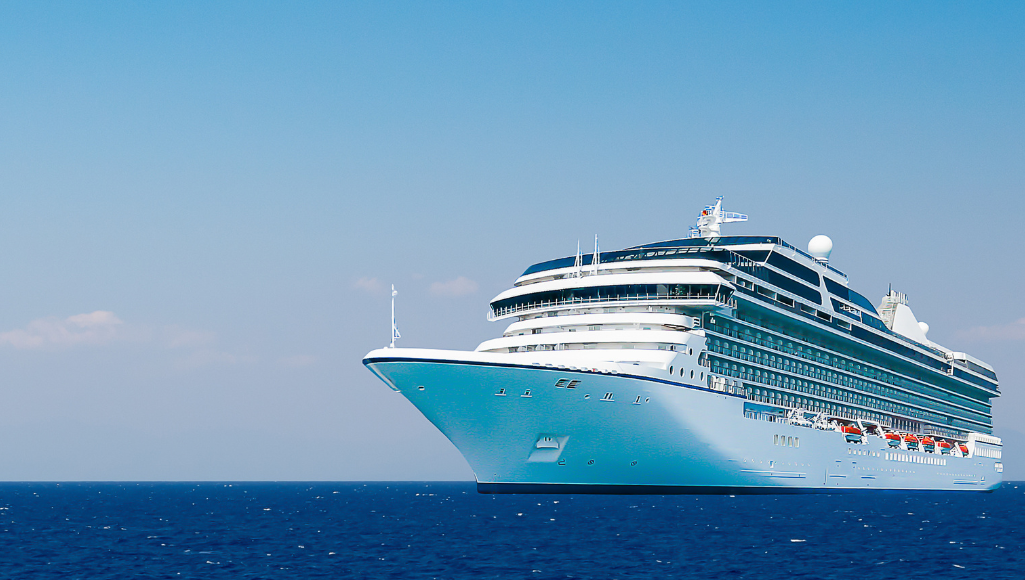
Navigating Changing Seasons & Regional Regulations
By Bec Ware, Senior Vice President Medical Operations
The maritime healthcare industry operates under a complex web of regulations designed to protect the health and safety of crew members and passengers. These regulations vary across jurisdictions, with international bodies such as the International Maritime Organization (IMO) and the World Health Organization (WHO) setting broad standards, while individual nations impose additional requirements. Ensuring compliance with these evolving regulations is a challenge for operators who must navigate differing legal frameworks and healthcare expectations.
One of the key regulatory areas under scrutiny is Pre-Employment Medical Examinations (PEMEs). These screenings are mandated to confirm that seafarers are fit for duty, yet inconsistencies in application, particularly regarding mental health and dental assessments, have raised concerns. Some countries and shipping companies enforce stricter standards than others, leading to disparities in crew health management. The call for more standardized and comprehensive PEMEs is growing as stakeholders recognize the importance of proactive healthcare measures in reducing medical incidents at sea.
Infection prevention is another significant regulatory focus, particularly in response to public health threats such as Norovirus outbreaks on cruise ships. Recent discussions have highlighted the importance of air purification solutions and improved sanitation protocols to mitigate the spread of airborne pathogens. Regulators and industry leaders are working together to enhance guidelines that protect passengers and crew, emphasizing advanced ventilation systems, hygiene training, and robust response strategies for outbreak management.
Beyond infection control, regulatory bodies are also refining guidelines to optimize medical operations at sea. The Maritime Labour Convention (MLC) establishes minimum standards for onboard medical care, ensuring that ships have adequate facilities and trained personnel. However, compliance can be challenging, particularly for smaller operators who may lack the resources to meet stringent medical staffing and equipment requirements. As regulations evolve, the industry is exploring ways to leverage telemedicine and digital health solutions to bridge these gaps and enhance accessibility to medical expertise.
Navigating the complexities of maritime healthcare regulations requires constant adaptation and a proactive approach. As the industry continues to evolve, collaboration between regulatory authorities, shipping companies, and healthcare providers will be crucial in ensuring that maritime health standards remain robust and effective. The future of maritime healthcare will be shaped by advancements in medical technology, improved regulatory alignment, and a shared commitment to enhancing health and safety across global shipping operations.
In this edition of Pulse, learn about ways we can help stem the suicide crisis at sea, explore trends and lessons from last year’s emergency health data, go inside the life and career of a medical director in our profile of Dr. Sebastiaan Kalwij, plus much more.


